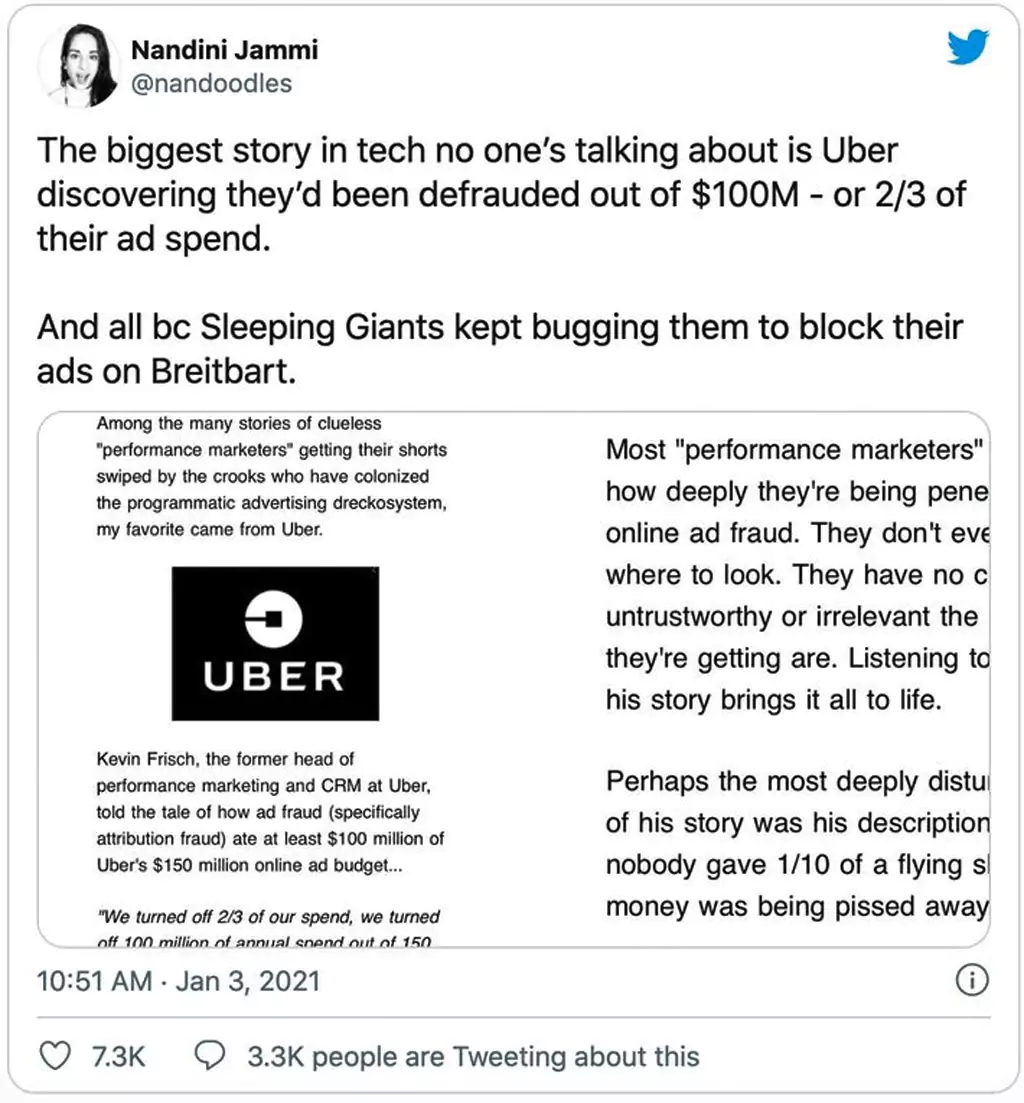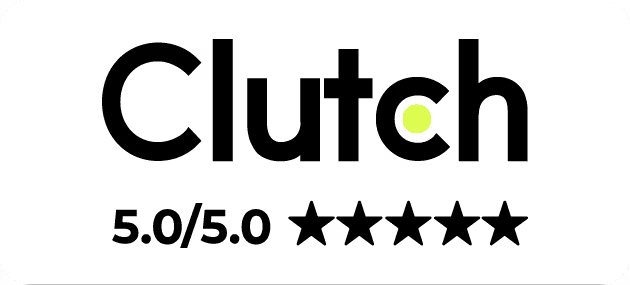Why Most Adverts Don’t Work



Kick your shoes off. Put your feet up.
Now close your eyes and picture this. You’re about to watch your favourite show. Lights dimmed. Comfy clothes on. Snacks ready.
You press play...
But NOPE. It’s an advert.
You scramble for the remote and hover over the skip button. Something deep in your being refuses to engage with whatever they’re selling. Go for a quick wee. Make a brew. Anything but watch.
Sound familiar?
People despise adverts.
"People hate advertising. They f@&*ing truly and actually, hate it… and this is all the agencies’ and advertisers’ fault". - Joanna Coles
And yet, brands keep spending billions making them.
Only for you, and everyone else, to do whatever you can to avoid them.
We’ve all got ad fatigue now. Yes, it’s a thing.
We’ve been exposed to so much marketing, we’ve lost trust and interest.
But here’s the thing. You still want to sell your stuff, right?
So how do you do that without making the kind of content people instinctively avoid?
Keep reading for the answer.
Make Videos People Actually Watch
People avoid highly produced ads. But they still love to be educated and entertained.
The most ambitious brands make content people actually want to watch.
Binge-worthy, not boring.
Content on platforms like YouTube, TikTok and Instagram will attract more advertising income this year than traditional media, according to research, a huge cultural shift for the media world.
“Senior industry figures from across television, podcasting and media have told the Guardian that YouTube in particular has become the central plumbing of the media world, taking a share of ad revenue for the content it hosts. Traditional media has felt increasingly under pressure to upload its content to the platform.” - Michael Savage, The Guardian
So if media giants are adjusting their entire strategy to make content people choose to watch, why are brands still forcing adverts?
What’s Wrong With Just Throwing Money at Paid Ads?
There are plenty of agencies that’ll happily take your money and show you a dashboard of stats proving the ad worked.
Look, someone clicked. Must be working, right?
But how do you know that ad generated the sale?
This is the exact question we asked Rand Fishkin.

CEO of SparkToro, Co-Founder of Moz, and author of Lost & Founder.
We’d heard him tell a story called the Parable of the Pizzeria.
Here’s how it goes
A pizzeria owner wants more business, so she hires three local kids to hand out discount flyers, one green, one white, one red.
At the end of the month, the green flyer has brought in over 80% of new business.
She thinks the kid handing out green flyers must be brilliant, so she sacks the other two.
Six months later, growth is flat. Profits are down, mostly because too many people are using discount codes.
Confused, she decides to follow the green flyer kid.
He’s hiding in an alley just outside the restaurant. Every time someone walks toward the pizzeria, he runs out and hands them a flyer.
She’s fuming. Confronts him.
His response?
“Why should I work hard to make more sales, when I can just take credit for the ones that were about to happen anyway?”
Now ask yourself. Could this be happening in your business?
Are Your Paid Channels Just Taking Credit?
The point of the parable is simple.
Your precious marketing budget might be getting spent on channels that aren’t driving results, they’re just claiming credit.
So what’s the fix?
Well, it’s uncomfortable.
Rand’s advice?
“The only way to know if a channel or tactic is truly incremental vs. merely taking credit, is to shut it off.”
Sounds risky, right?
But some businesses have done it.
When Kevin Frisch, Uber’s ex-Head of Acquisition, suspected the company was experiencing ad fraud, he shut off two-thirds of their ad spend, $100 million of a $150 million budget.
He expected a huge drop.
But nothing happened.
No change in rider app installs.
Just a shift in attribution, installs previously claimed by paid channels started coming through as organic.

That tells you everything you need to know.
So What’s the Alternative to Adverts?
If the old model is broken, create campaign, boost campaign, hope for leads, what do you do instead?
We tell our clients to make content that’s actually watchable.
Not trying to go viral.
Not dancing on TikTok.
Just useful, relevant content in formats people already love.
Zoe
Look at ZOE. Their podcast exploded. 1.5 million views on a single episode on their YouTube Channel:
Webflow
Webflow built a full video university. 214,000 subscribers and counting:
They didn’t create ads.
They created shows.
Shows that built trust.
Shows that built loyal audiences.
Shows that made people feel smarter, not sold to.
We’ve seen the same thing with our client, Luxury Academy
They launched a YouTube masterclass series:
Within months, the channel grew to over 50,000 subscribers.
Founder Paul built a strong personal brand.
And the sales followed.
The videos subtly promote the business, but they don’t feel like marketing.
You get drawn in. You binge one, then another.
That doesn’t happen with ads.
But it does happen when you make content people want to watch.
Start Making Content You’re Proud Of
And include yourself and your team in that.
Why are we still making stuff we wouldn’t even watch ourselves?
Imagine having a content strategy you were genuinely proud to show off.
You don’t need more ads.
- You need to be remembered.
- Trusted.
- Chosen.
That starts with making content worth watching, then making sure the right people actually see it.
Because when the client is ready to buy, you’re already the one they trust.
- You’re credible.
- You’re helpful.
- You’re already in their head.
That’s the goal.
No gimmicks.
No begging for clicks.
Just smart, strategic content campaigns, distributed with purpose.
If your current marketing isn’t delivering, this might be why.
So if you’re wondering what to try next...
Start there.
don't miss a beat
Subscribe to our newsletter and Keep up to date on the latest resources we release.
Featured resources
Your Website Needs These Videos

From company intro to how-it-works, this guide shows what content high-performing websites use to stand out and convert.

Why Most Adverts Don’t Work

Most ads get ignored. Here’s how brands are swapping forgettable campaigns for content people want to watch.

A Guide to Starting Your Own Podcast

Lessons from launching The Overlap and High Performance, and how to make your podcast last.


